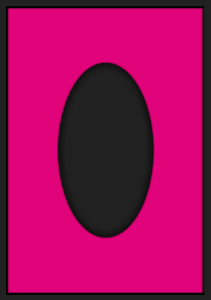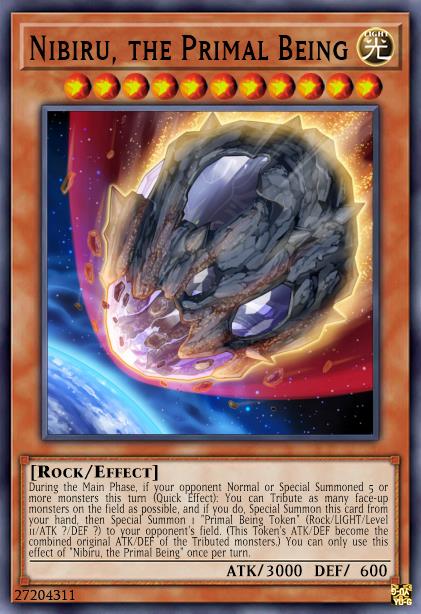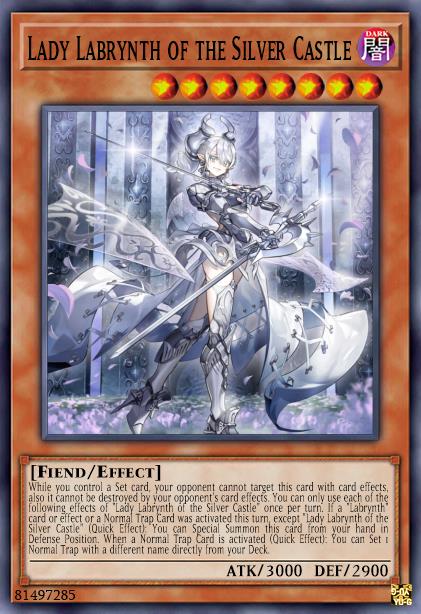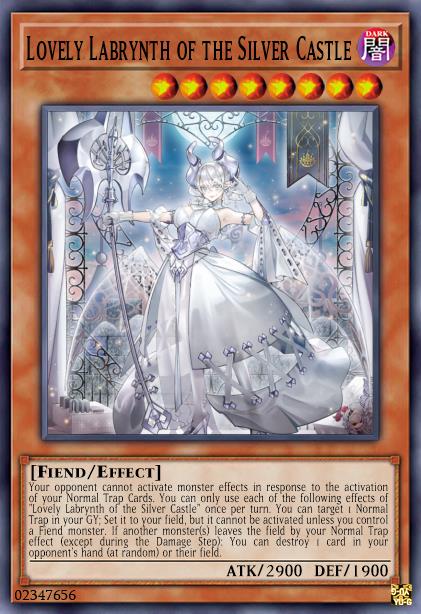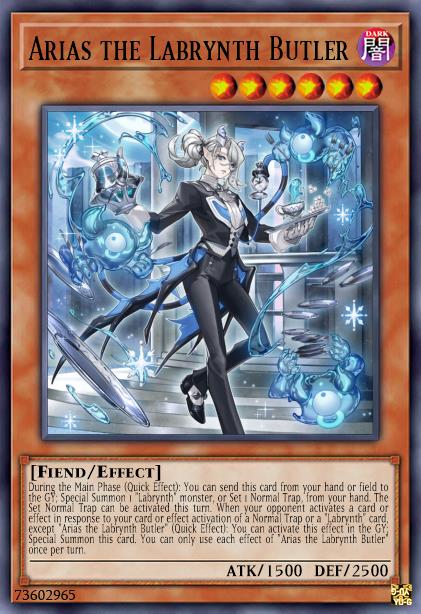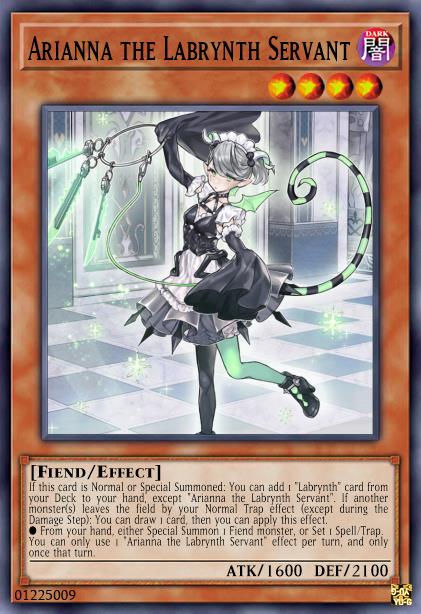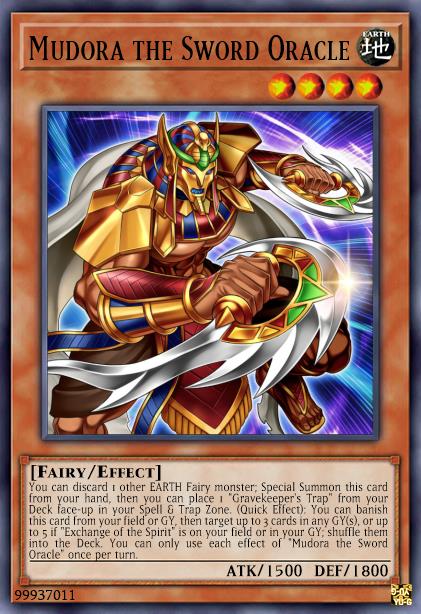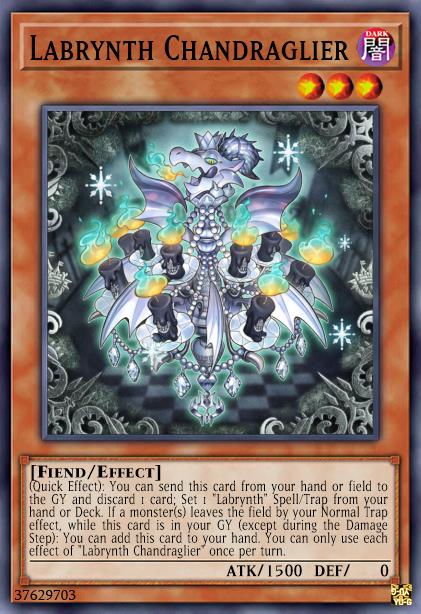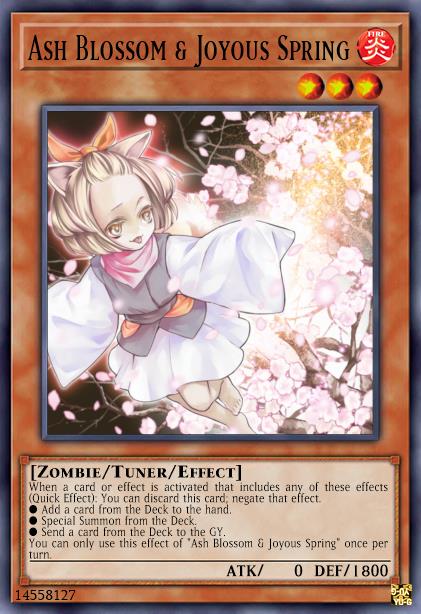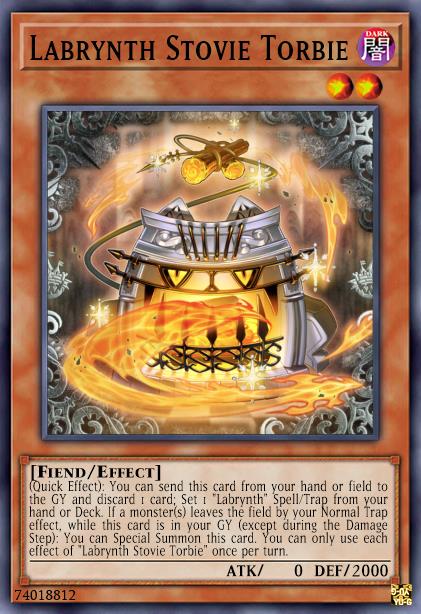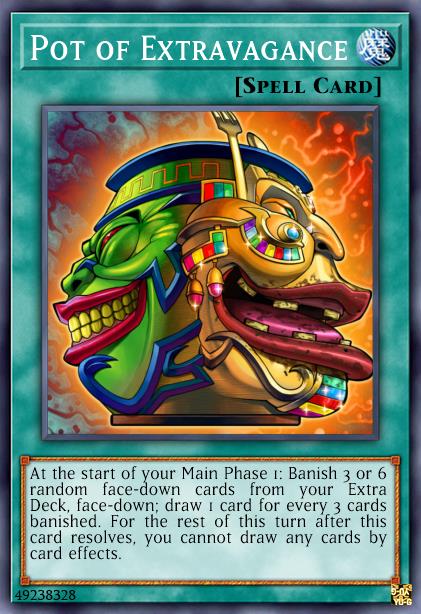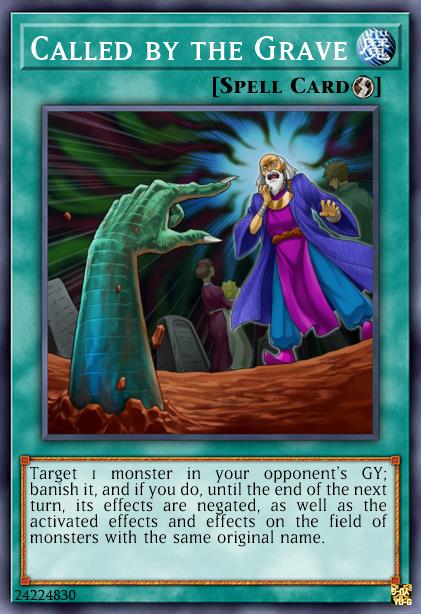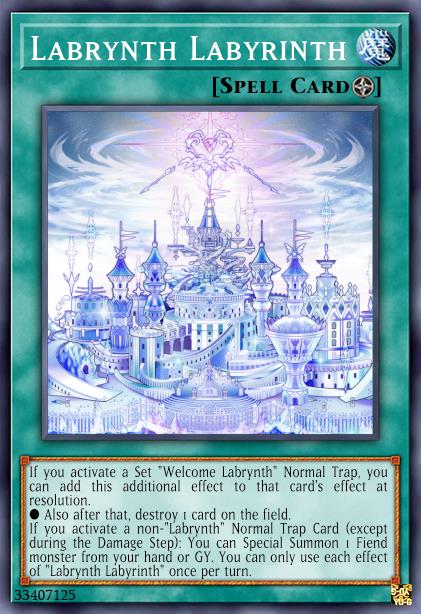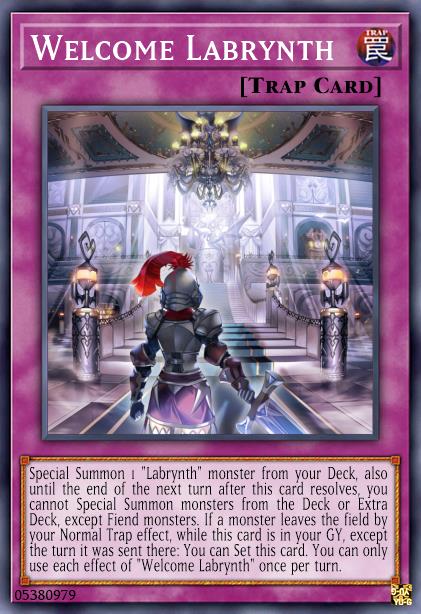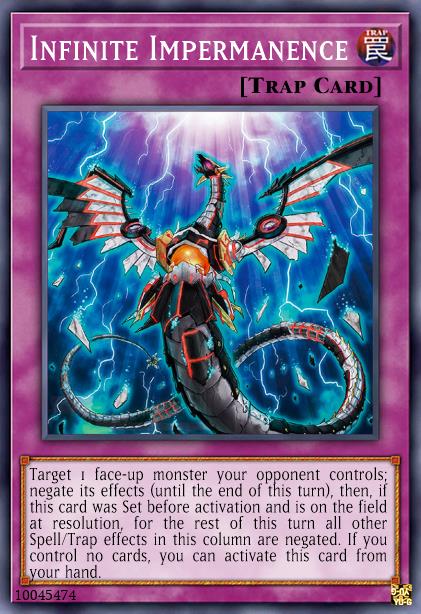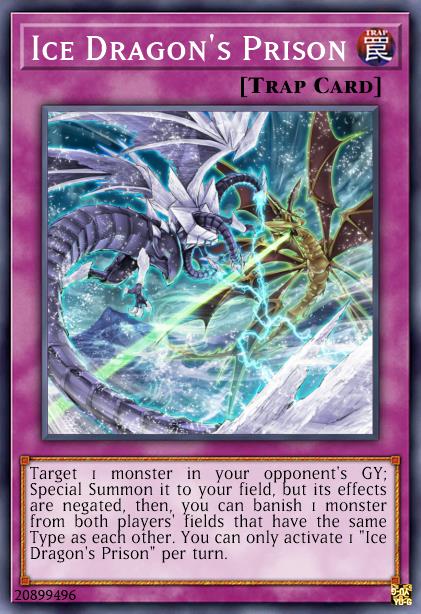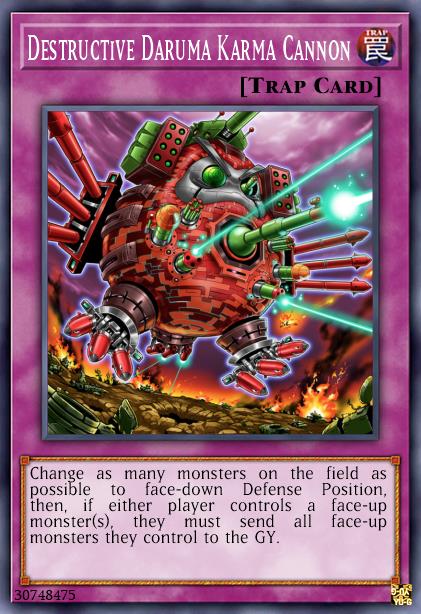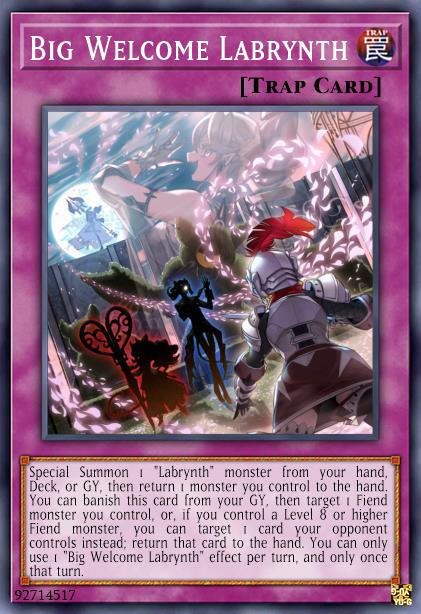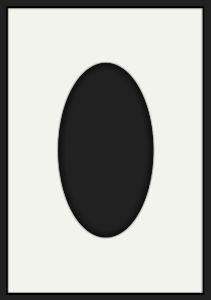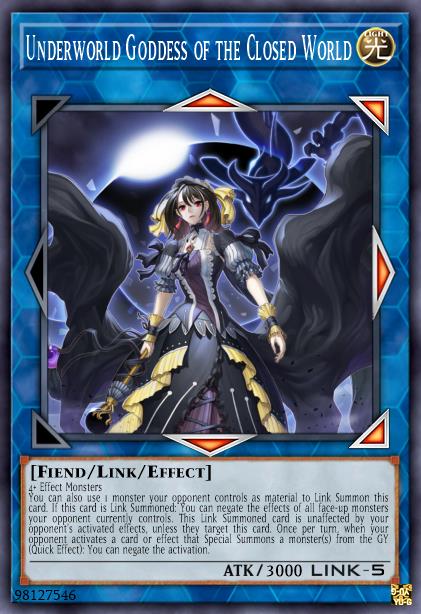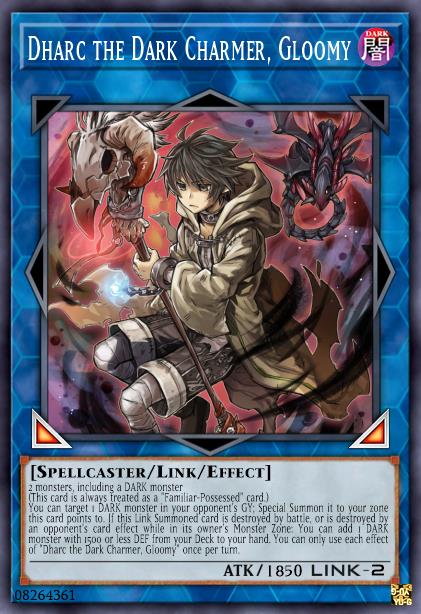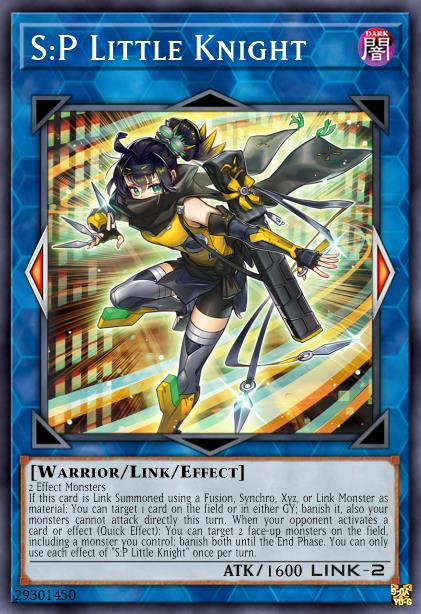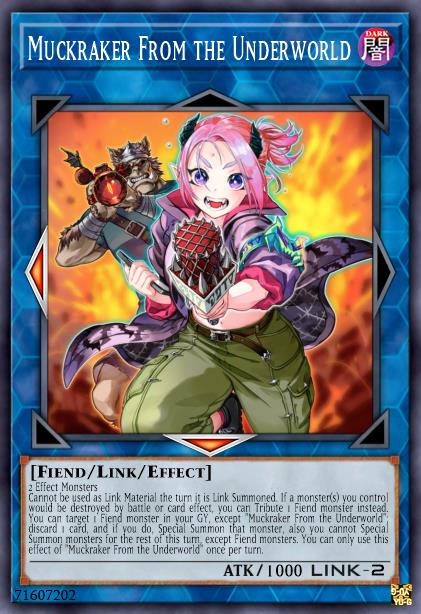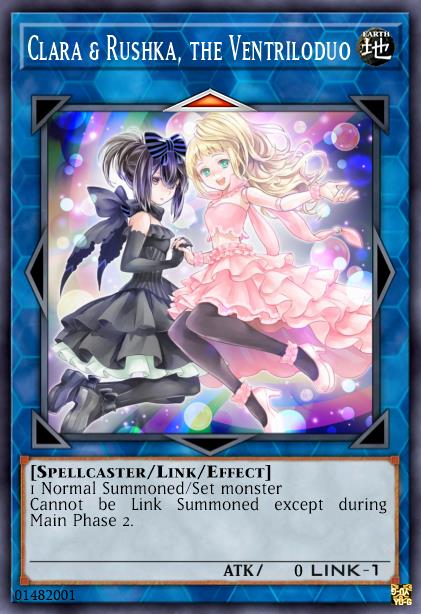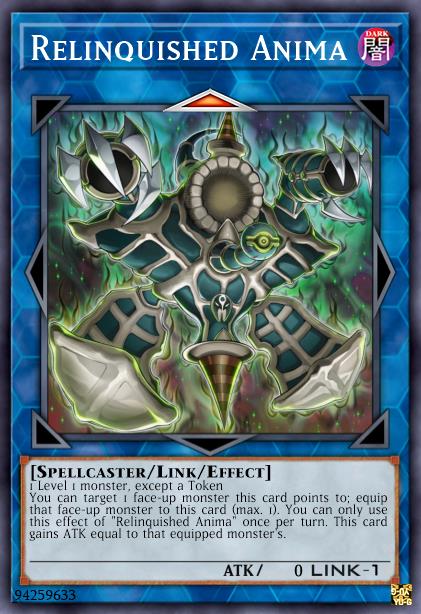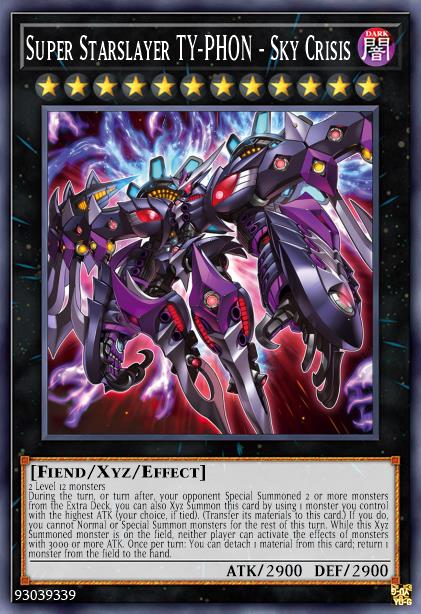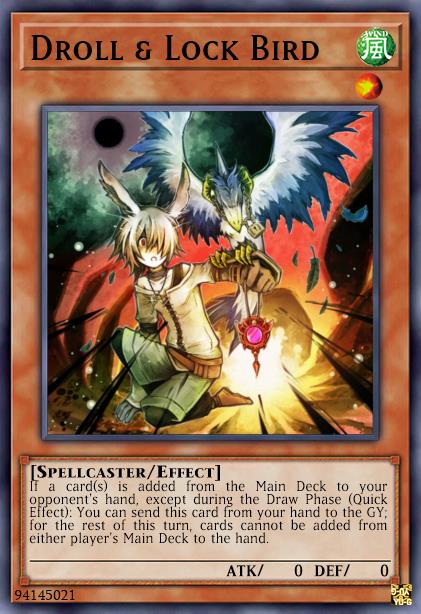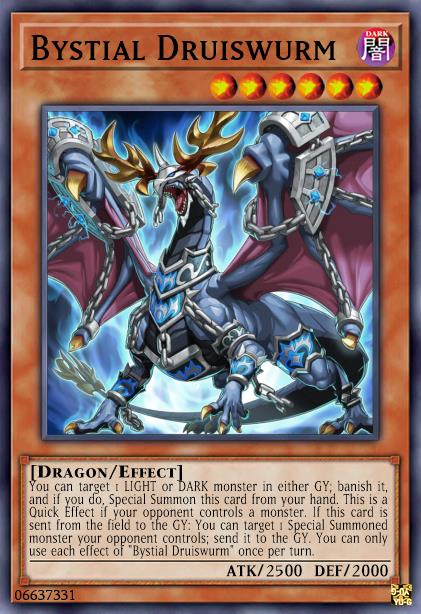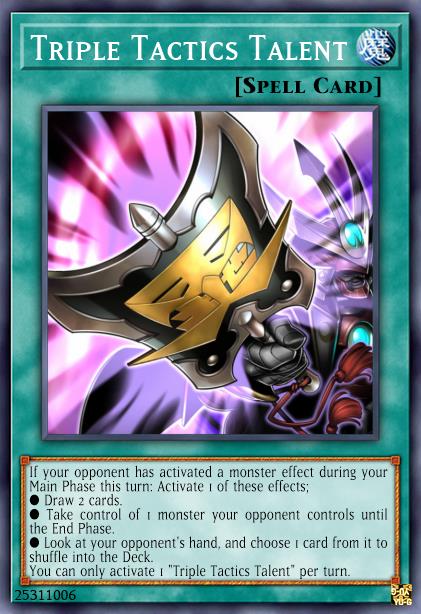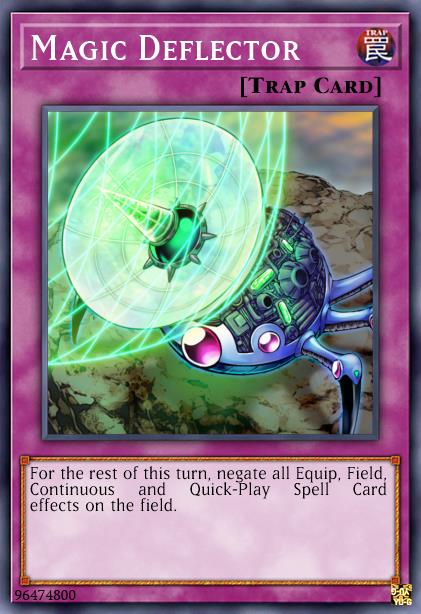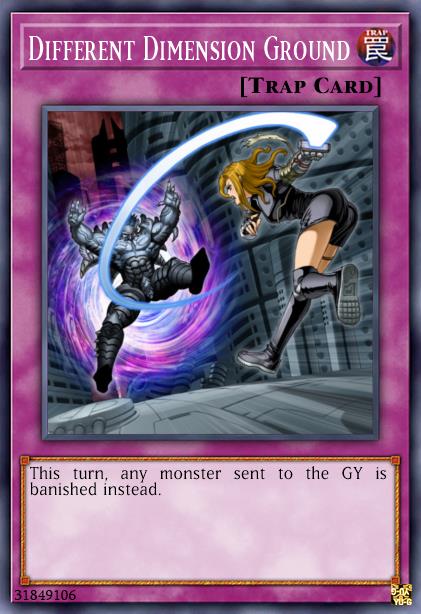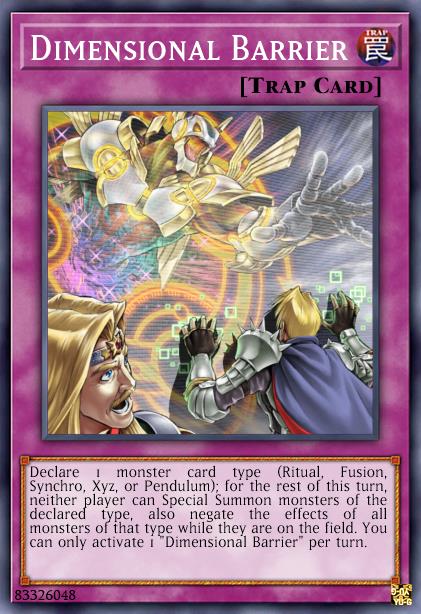I wanted to take a moment to write about how I’m running the Labrynth deck in this odd period before Maze of Millenia releases. I’m going to assume you know the “standard” furniture combos since those have been around for a while now and instead I’m going to focus more on the deck building choices.
Link: Labrynth Deck 2024
How To Play – Labrynth Deck 2024
Starting with the deck core, this is a fairly standard build maxing out on most of our furniture and Labrynth cards. Main decking this many engine cards enables us to consistently play on turn one, even if turn one is really our opponent’s turn. If you’re running x3 Arias, I’d strongly recommend main decking all x3 Welcome Labrynth. Arias is a powerful card with exciting potential to “turn zero eradicator,” but those plays are inconsistent and often rely on drawing into three cards: x1 Arias, x1 Lady, and the right trap for the moment. The real kicker is how uncommon it is to hard draw into the right “blowout trap”.
In a diverse format you’re better suited by leaning into Labrynth’s flexibility to search for specific traps and the archetypes ability to slow down the game state. Arias + any Welcome Labrynth trap is 2 card starter that provides that flexibility while freeing up the cards in your hand to make space for those precious hand traps. With the rise of Fire well underway and the increasing prevalence of other Labrynth players, I’ve leaned into the Ishizu shufflers, Called By the Grave, and Ice Dragon’s Prison as my main deck tech options. Combined with Labrynth’s standard set of x3 Ash Blossom and x3 Infinite Impermanence, your main deck has a solid toolbox for disrupting your opponent regardless of what deck they’re playing.
How To Play – Continued
Tech cards won’t solve everything and it’s important to know how to use your engine to stay in the game and take the lead. Many of the Labrynth cards have powerful (1) and (2) effects and it’s important to know when you should use each effect. Lovely Labrynth’s first line of text prevents your opponents from activating monster effects in response to your set Normal Traps, and her second effect can be triggered off of Ice Dragon’s Prison because another monster left “the field by your Normal Trap effect”.
Lady Labrynth can’t be targeted or destroyed by card effect so long as there is a set card on the field. In a pinch setting a monster can provide your Lady Labrynth with the protection she needs. Arianna’s (2) effect can allow you to draw into import disruption on your opponent’s turn. Labrynth Labyrinth can turn your Labrynth traps into non-targeting destruction on the resolution of the trap. Additionally, if you activate a non-Labrynth Normal Trap, Labrynth Labyrinth can special summon a Fiend from your hand or grave – helping to reestablish your board with a Labrynth monster or you could even special summon a Chaos Angel from the grave and trigger its effect to banish.
Labrynth is an incredibly versatile deck with in-engine solutions to many match ups, but that versatility can make piloting the deck much more difficult. Knowing your cards and how they interact with frequent match-ups is critical to competitive success. And that is especially the case with decks like Labrynth that don’t rely on creating a specific end-board, but rather rely on the duellist’s ability to control the game state through layered disruption.
How To Play – Finally
That doesn’t make blowout traps and tech cards useless, they’re just better off in the side deck in this format. If you can beat your opponent mainly using your Labrynth engine in game one, you’re well positioned post-side and will have a much easier time searching out the right blowout trap for the match-up. Here is a brief overview of my siding with the general note that these cards are in the side deck to make space in the main deck more engine and flexible tech cards in the main deck:
- Magic Deflector / Eradicator Epidemic Virus are my go to choices against Spell reliant decks.
- Dimensional Barrier covers lots of rogue and meta strategies and can outright end certain matches.
- Different Dimension Ground can end Tearlaments turn and stop most of the Fire King plays, but be careful, the card banishes your monsters sent to the Graveyard as well as your opponent’s.
- x3 Druiswurm is good against Tearlaments and destroys other Labrynth players.
- Droll is simply too useful to miss out on this format.
- x2 Pankratops is a good going second choice and it makes siding patterns easier (like x2 Ishizu shufflers for x2 Pankratops, etc.).
- x3 Triple Tactics Talent is my primary going first card because of how many handtraps there are in this format. Getting to handrip your opponent is so valuable because it lets you design your board around their hand and make decisions with full knowledge of your opponent’s hand.

